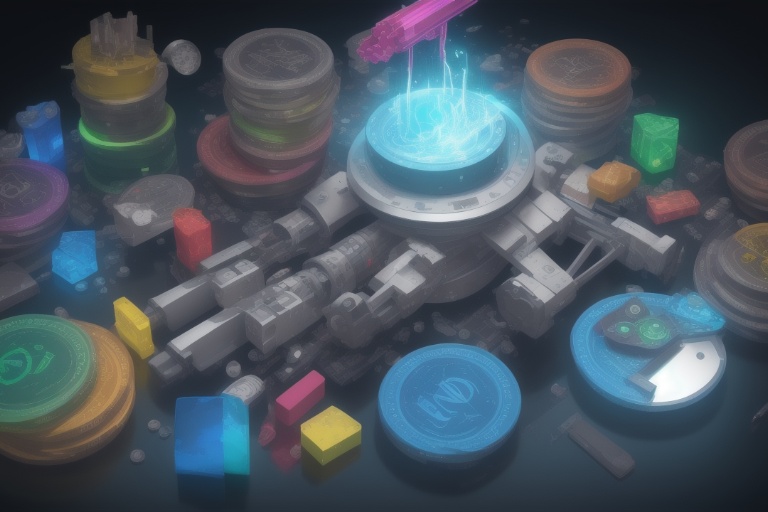The evolution of technology has presented both opportunities and challenges, especially when considering the veracity of digital information. With the advent of sophisticated artificial intelligence that can convincingly alter images, there's a growing need to differentiate authentic content from manipulated media. Acknowledging this need, tech giant Google has taken a proactive step to mitigate the spread of misinformation, particularly with an eye towards the upcoming 2024 presidential campaign.
The evolution of technology has presented both opportunities and challenges, especially when considering the veracity of digital information. With the advent of sophisticated artificial intelligence that can convincingly alter images, there's a growing need to differentiate authentic content from manipulated media. Acknowledging this need, tech giant Google has taken a proactive step to mitigate the spread of misinformation, particularly with an eye towards the upcoming 2024 presidential campaign.
Google's innovative approach involves a newly introduced watermark for AI-generated images. This feature is intended to serve as a clear identifier of an image's origin, providing a digital signature to help verify authenticity. The creation of such a watermark is pivotal in establishing a line of defense against faux content that could potentially influence public opinion and alter the course of democratic processes.
The Challenge of Misinformation
In modern digital landscapes, the ability to discern real from manufactured images is becoming increasingly crucial. Misinformation has the power to skew public discourse, disrupt political processes, and even incite unrest, making it a matter of both civic importance and national security. Recognizing this threat, Google's watermark initiative represents an important tool in the arsenal against digital deception.
Effectiveness and Implementation Concerns
Despite the potential benefits, there are valid concerns about the watermarks' ability to withstand forgeries and scrutiny. In the ever-evolving game of cat and mouse between technologists and those looking to deceive, no solution is entirely foolproof. There are questions about whether bad actors could remove or manipulate these watermarks to continue spreading falsified imagery.
To address such worries, transparency about the watermark's methodology and resistance to tampering is necessary. Google's openness to critique and willingness to continually refine the technology will be pivotal in maintaining the trustworthiness of its digital signature.
A Unified Front Against Digital Deception
Collaboration is key. Google's initiative can be bolstered by uniting experts in artificial intelligence, cybersecurity, and digital media to provide a broad spectrum of insights and expertise. By working together, these professionals can enhance the watermark's security and effectiveness, while keeping pace with the rapidly advancing technology of image generation and manipulation.
The Role of Education and Media Literacy
Technological measures alone aren't enough to combat the tide of misinformation. Public education plays an indispensable role in equipping individuals with the skills needed to discern credible information. Media literacy initiatives need to be amplified to empower internet users to critically evaluate the content they encounter online.
Similarly, fact-checking resources provide a crucial line of defense, shining a spotlight on inaccuracies and fostering a culture of accountability. In combination with Google's watermarking technology, these educational efforts can create a more informed populace better able to navigate the complexities of digital information.
Taking Onus as Digital Content Consumers
Ultimately, responsibility rests with each of us as consumers of digital content. It's imperative that we maintain a discerning eye, question the source and veracity of the imagery we see, and utilize available tools to verify information. Our collective vigilance, coupled with technological advancements, will determine the effectiveness of the battle against digital misinformation.
As we progress towards the 2024 presidential campaign, and beyond, initiatives like Google's watermark for AI-generated images will become increasingly significant. While not a solitary solution, it's a meaningful step forward. By continuing to enhance this technology and supporting it with robust education and fact-checking frameworks, we can strive to maintain the integrity of our digital ecosystem and safeguard the truth.
Information for this article was gathered from the following source.




